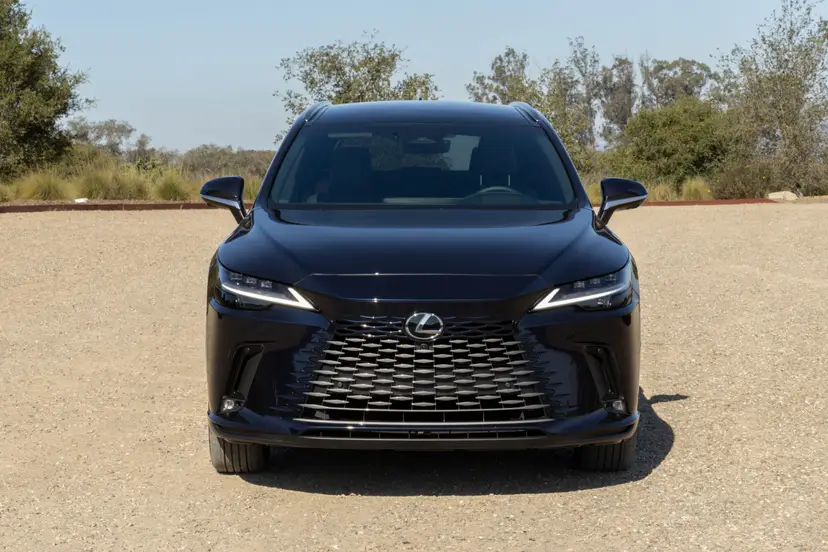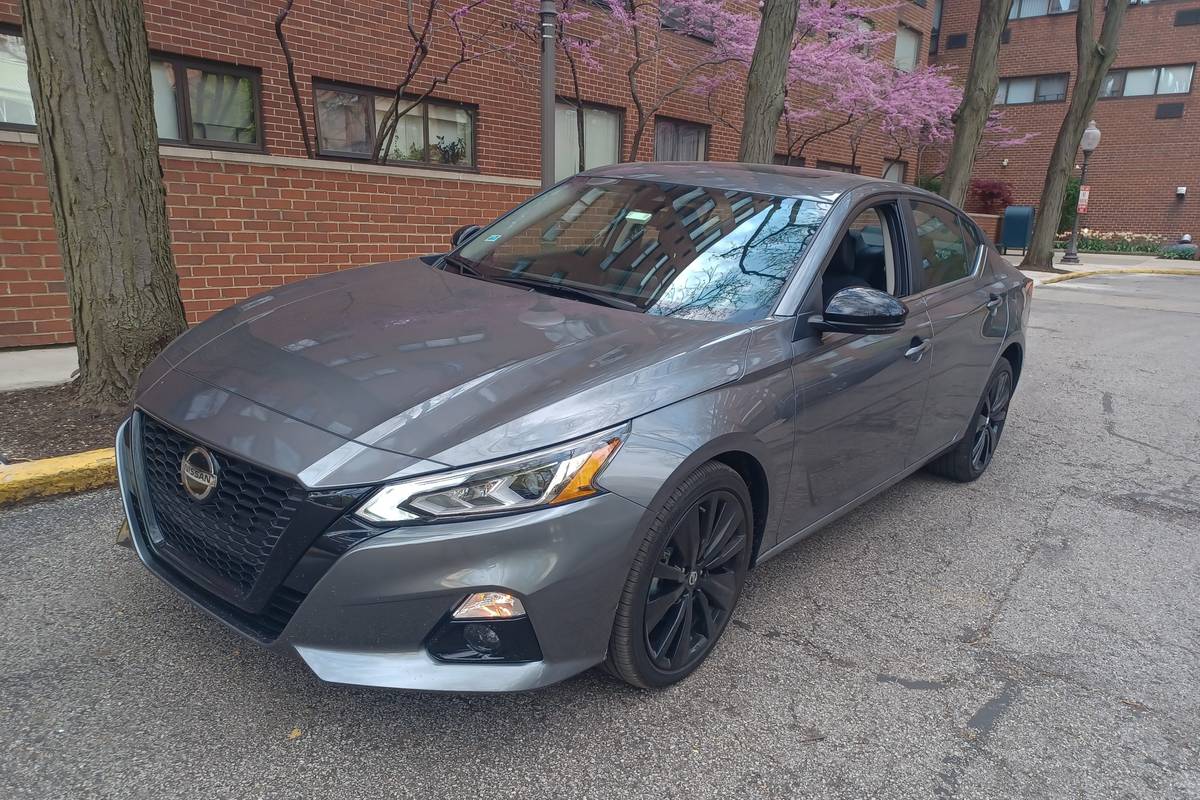
Mid-size sedans are the automotive equivalent of an appliance, often purchased as reliable, predictable (read: boring), point A-to-point B transportation. As consumer appetites for SUVs continue to grow, mid-size sedans have become even less palatable to shoppers — but amid inventory shortages and parts supply issues, these dealership leftovers may look compelling for SUV-intenders who can’t wait for the market to stabilize.
Which mid-size sedans warrant a look? The Nissan Altima took the middle slot in Cars.com’s 2018 Mid-Size Sedan Challenge, sandwiched between the winning Honda Accord and losing Toyota Camry. While several updates since then have kept it relevant (some added safety features for 2020 and a new Midnight Edition for 2022), it still trails the better Accord, both of which haven’t changed all that much since our Challenge.
Related: Nissan Altima: Which Should I Buy, 2020 or 2021?
After recently driving the 2022 Nissan Altima, a couple of things stand out. Here are areas that could use improvement:
Fun or Practical?
The Altima comes with a choice of two engines and one of them, like the Accord, is turbocharged. Unlike the Accord, however, the Altima is available with all-wheel drive (the Accord is front-wheel drive only). The turbo engine makes the Altima more fun and the AWD makes it more versatile while helping it stand out in the mid-size sedan class; unfortunately, you can’t combine the two.
The Altima’s base engine is a 182-horsepower, 2.5-liter four-cylinder paired with a continuously variable automatic transmission. My bar is low for mid-size sedan driving excitement, but with this engine, the Altima falls short of that mark. To be fair, its CVT has improved through the years, but it’s still slow to spool up power and complains about it loudly. The result is anemic-feeling throttle response on the road to dullsville.
As we’ve reported, the turbo 2.0-liter four-cylinder makes 236 hp (or 248 hp with premium gas) and delivers strong, continuous power at all speeds with plentiful acceleration that’s comparable to uplevel engines in other mid-size sedans.
Sedans with the base 2.5-liter four-cylinder can have FWD or AWD, but the SR trim with the turbo 2.0-liter four-cylinder is front-drive only. Your choice: fun or utility — you can’t have both.
The Backseat Needs a Boost
Not much in the Altima’s cabin stands out, good or bad, in terms of materials quality and design except two things: controls and backseat accommodations, respectively.
The highlight of the cabin is the Altima’s no-nonsense multimedia system. The high-mounted touchscreen is easy to see and use, with intuitive menus and a fast response time. It’s flanked by large, handy volume and tuning knobs and sits above straightforward climate controls; easy-peasy.
In back, things get complicated if you have kids (said every parent ever). The backseat’s biggest pitfall is with child-seat fitment. I struggled installing boosters, both high-back and backless models. The Altima’s heavily bolstered seat bottom cushions pushed the booster into the buckle; this caused the seat to ride on top of the buckle, complicating access and connection. The buckles are also floppy and sink low into the seat cushion, making them tough for kids to grasp and use independently.
The Altima’s fixed head restraints also caused an issue. Molded into the seatback, they pushed the booster off the seatback; the booster should sit flush against it. The fixed head restraint also caused a similar issue when installing our forward-facing convertible car seat. Check out the full Car Seat Check for more information.
The American Academy of Pediatrics recommends that kids stay in a booster seat until they reach 4-feet, 9-inches tall — so, as my 12-year-old says, this is kind of a big deal.
The Accord does it better. In our Car Seat Check, the Accord’s short buckle stalks made them tough for small kids to grasp, but we didn’t have trouble with too much seat bottom cushion bolstering or head restraints.
Future-Proofing
More and more automakers, including Nissan, are adding hybrids and electric vehicles to their lineups. The Altima isn’t in that group — but it used to be. Nissan’s first gas-electric hybrid was the 2007 Altima Hybrid; it lived until the 2011 model year and was good for an EPA-estimated 33 mpg combined. A base 2022 Nissan Altima is rated at 28/29/32 mpg city/highway/combined, so the hybrid model wasn’t exactly breaking any efficiency records, but it was a start.
Fast forward to 2022 and there’s no alternative-fuel version of the Altima. Meanwhile, the Honda Accord Hybrid is EPA-rated at 47 mpg combined. Other mid-size sedans also offer hybrid models with similar mileage, such as the Hyundai Sonata and Toyota Camry.
Nissan recently launched a new all-electric vehicle, but — no surprise — it’s not a sedan. The 2023 Aryia is a compact SUV good for an estimated 300 miles of all-electric range. Reservations are open now with a starting price of $47,000, and Nissan says Ariya deliveries will start in the fall.
More From Cars.com:
- Up Close With the 2023 Nissan Ariya: Airier Interior Shows Promise
- 2023 Nissan Leaf Gets Minor Updates, Simplified Lineup
- 2023 Nissan Z Review: Relatively Affordable, Lots of Fun
- Find Your Next Car
Safety and Price
Where the Altima is compelling is the bottom line. The 2022 Altima’s base S trim starts around $1,000 less than a comparable Toyota Camry and about $1,700 less than a Honda Accord. It also comes as well equipped as rivals in terms of safety features, with standards such as forward collision warning, automatic emergency braking with pedestrian detection, lane departure warning, high-beam assist and a driver alertness warning system. The Altima, Accord and Camry are also all top-rated in crashworthiness testing from the Insurance Institute for Highway Safety. See the models compared.
Inventory might also be a tipping point. In Cars.com’s national inventory, there were just over 4,000 model-year 2022 Altimas on dealer lots at the time of writing, almost double the amount of model-year 2022 Accords and Camrys. Also, through the month of April, Cars.com data showed 10,500 new Altimas moved through Cars.com’s national inventory. They stayed in dealers’ inventory an average of 41 days at a median price of $28,288. During the same month, the data also showed 10,200 new Accords moved through Cars.com inventory and were in dealers’ inventory for an average of 21 days with a median price of $29,864. The Camry’s numbers were similar to the Accord’s in terms of inventory, days on the lot and median price.
All these numbers translate to a possible opportunity for the shopper willing to overlook the Altima’s shortcomings. While the sedans had similar inventory levels, the Altima sat around longer and was available at lower listing prices. What it means: If there’s a deal to be had in the mid-size sedan class, odds are it’s for the Altima.
Related Video:
We cannot generate a video preview.
Cars.com’s Editorial department is your source for automotive news and reviews. In line with Cars.com’s long-standing ethics policy, editors and reviewers don’t accept gifts or free trips from automakers. The Editorial department is independent of Cars.com’s advertising, sales and sponsored content departments.


































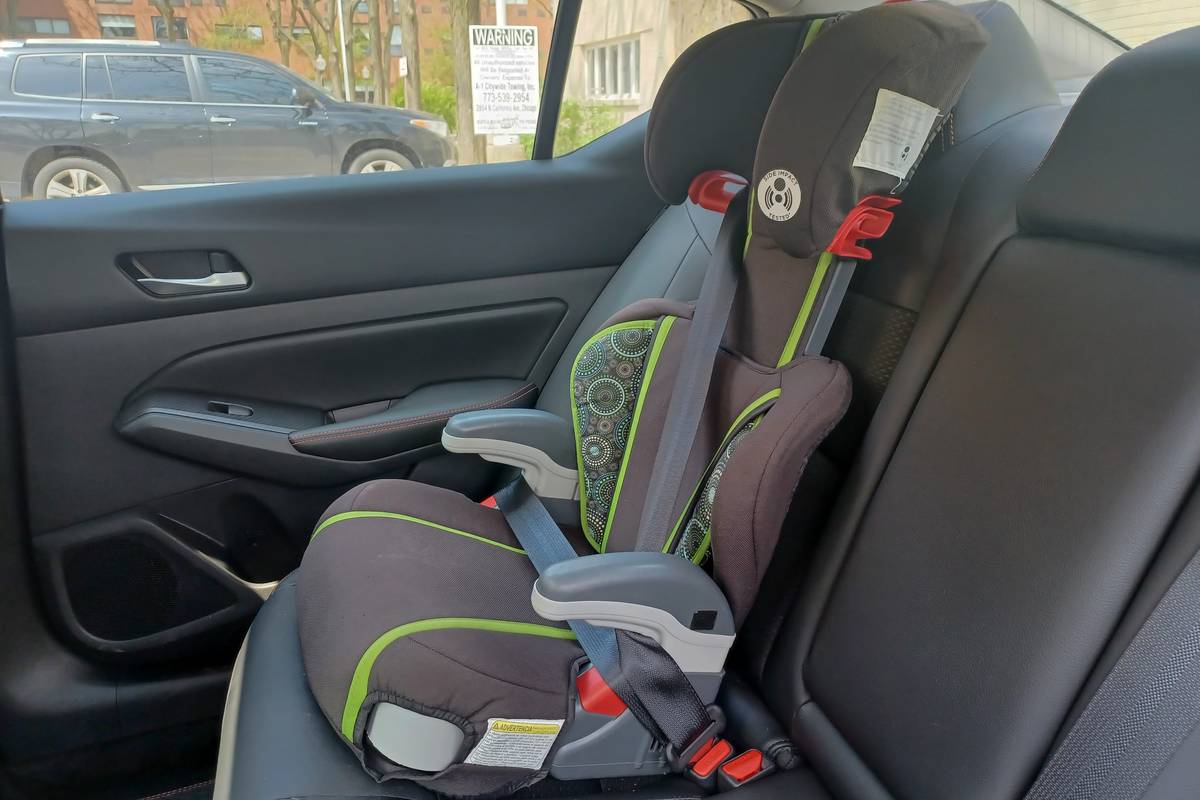
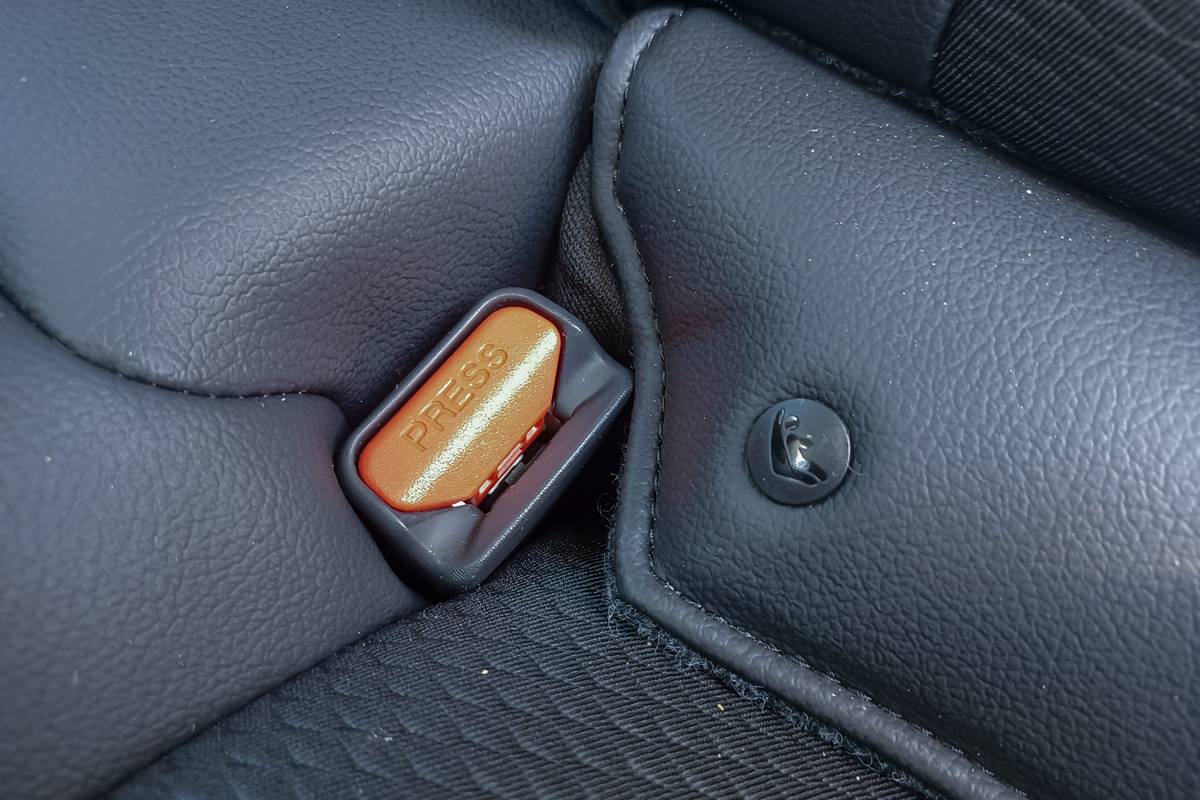


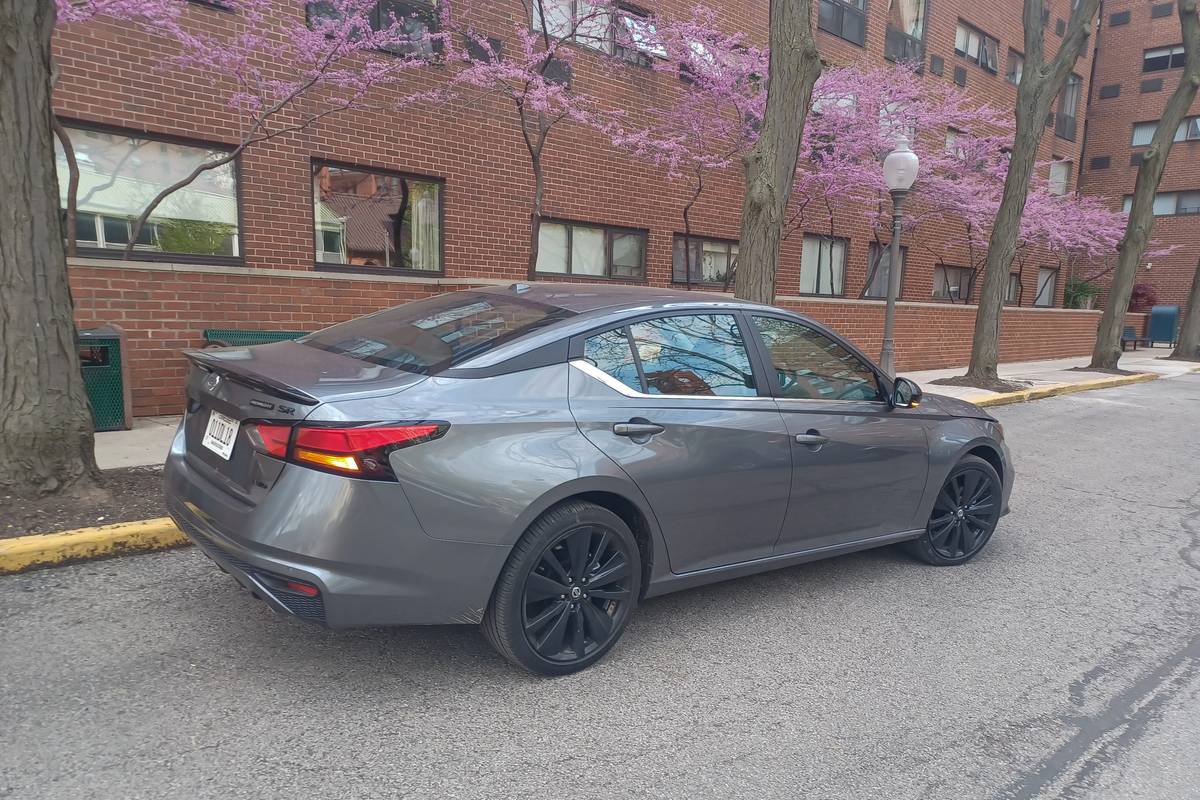

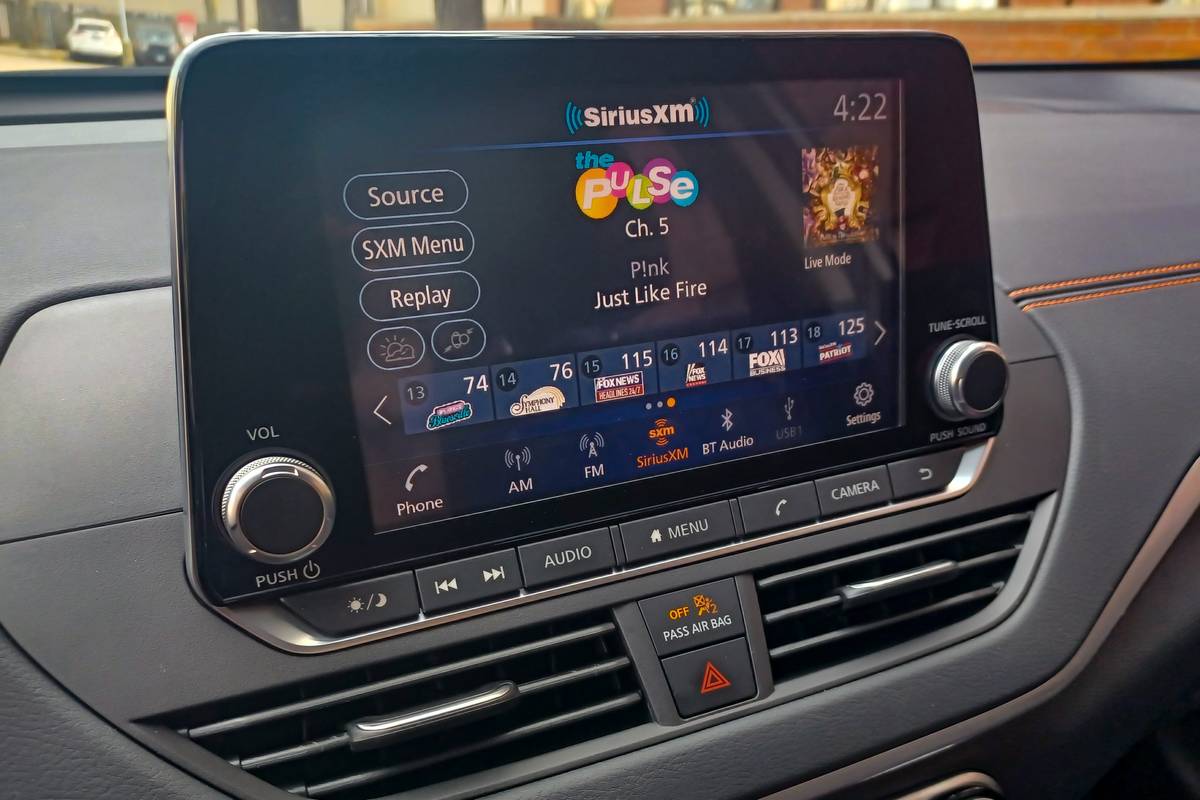


 Latch
Latch
 Infant
Infant
 Rear-facing Convertible
Rear-facing Convertible
 Front-facing Convertible
Front-facing Convertible
 Booster
Booster






